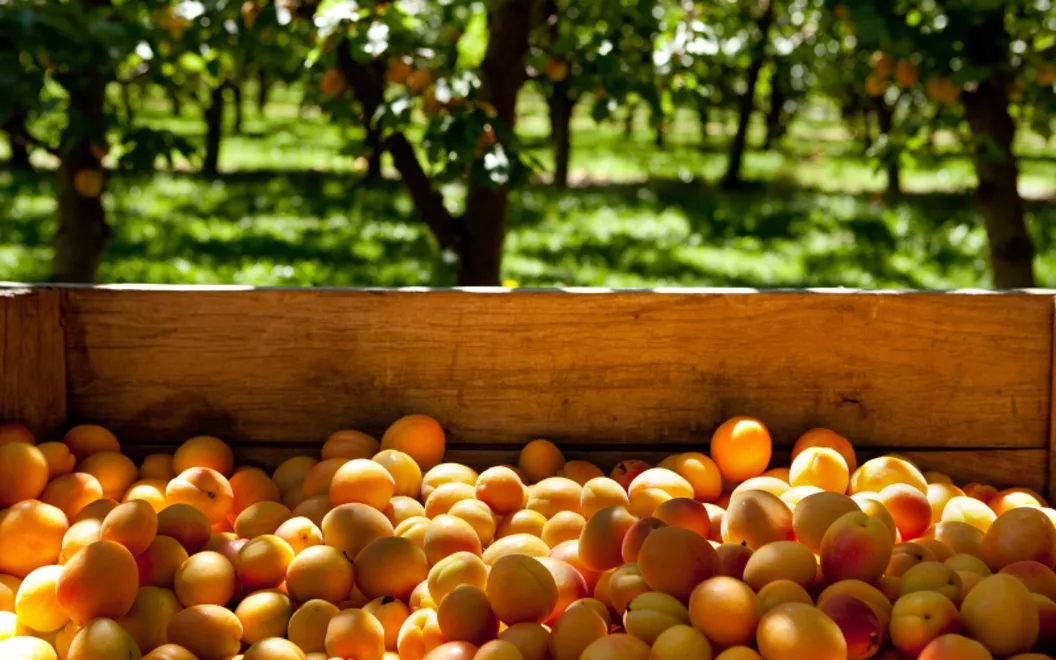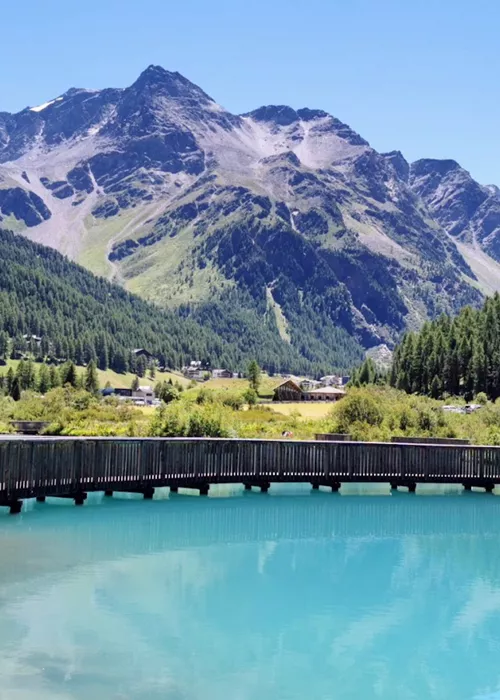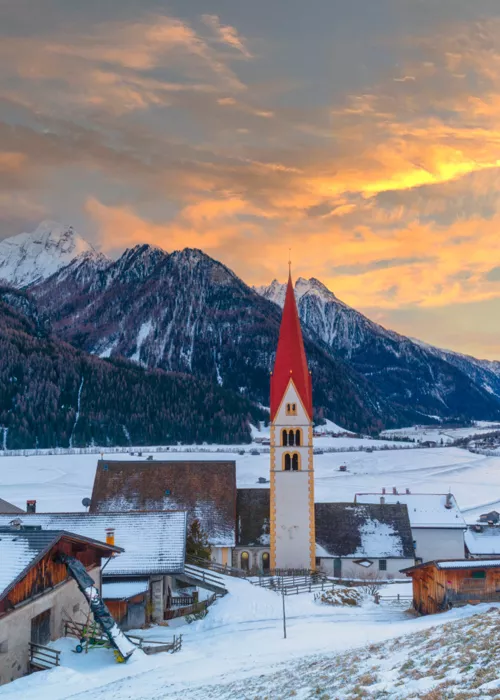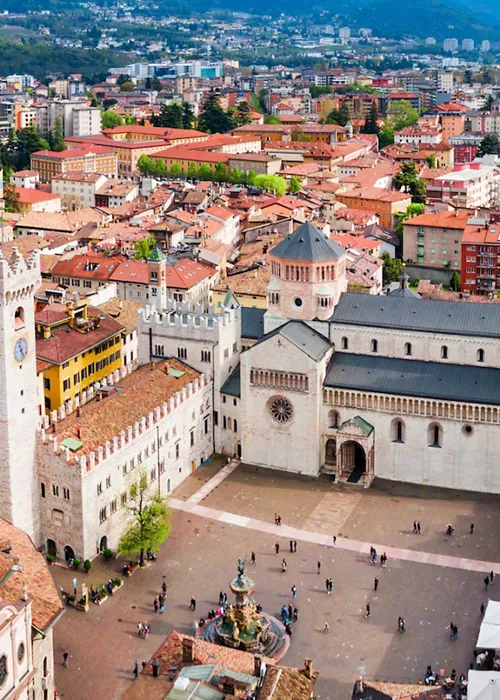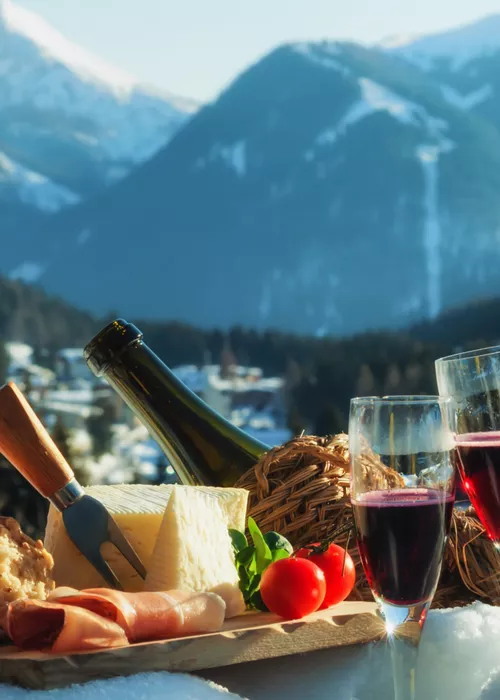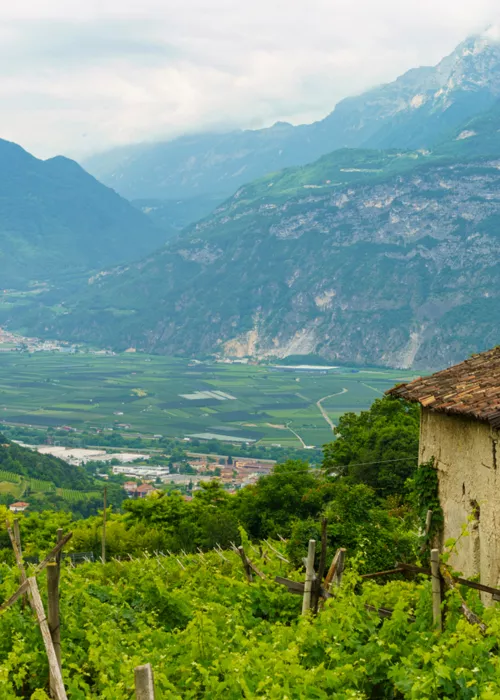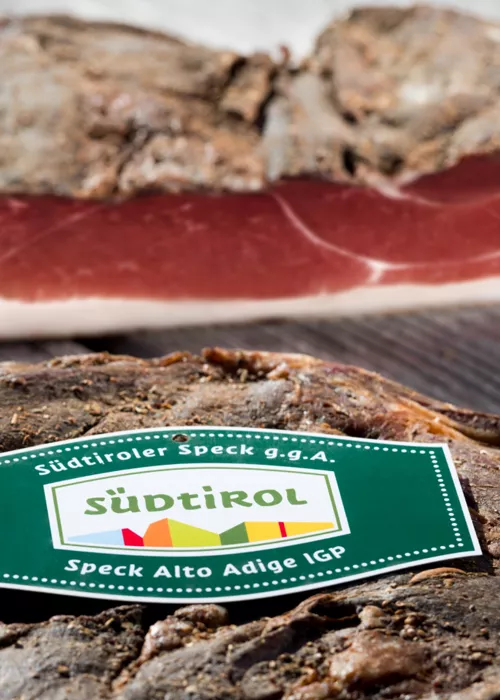On the hunt for goodness in Trentino: Val Venosta apricots
2 minutes
Here, in addition to the more famous apples, the cultivation of these typically summer fruits, called vinschger marille by the locals, is documented back to the 19th century. According to the most accredited hypotheses, the first apricot plants were imported from the neighbouring Austro-Hungarian Empire at the turn of the century, probably from the Bohemian-Hungarian region, and would have taken root immediately, thanks to a very favourable climate for their growth.
Unhurried ripening
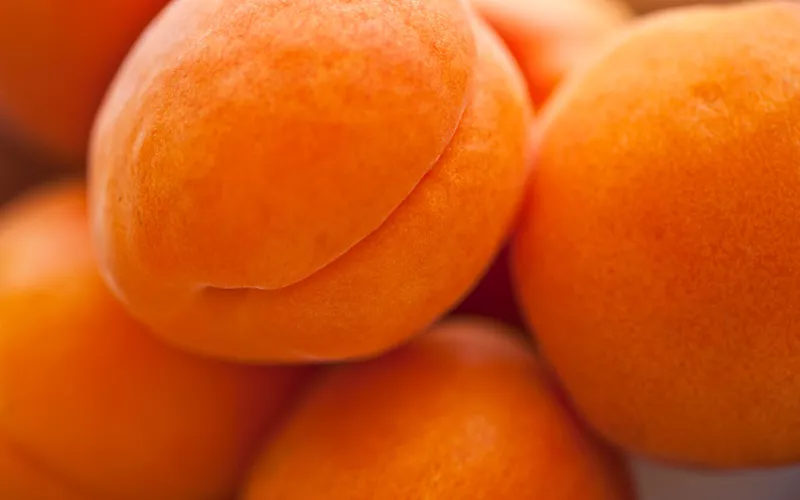
In the Vinschgau Valley, apricot trees were mainly planted on the northern slopes, between 500 and 1000 metres above sea level, an area unsuitable for other typical crops. This is still the case today.
The high temperature range, low annual rainfall and optimal ventilation give the fruit a beautiful yellow-orange colour, as well as excellent size, texture and taste. Considering the altitude, the Venosta apricot ripens slowly compared to other parts of Italy, usually between the end of July and the beginning of August.
A precious little production
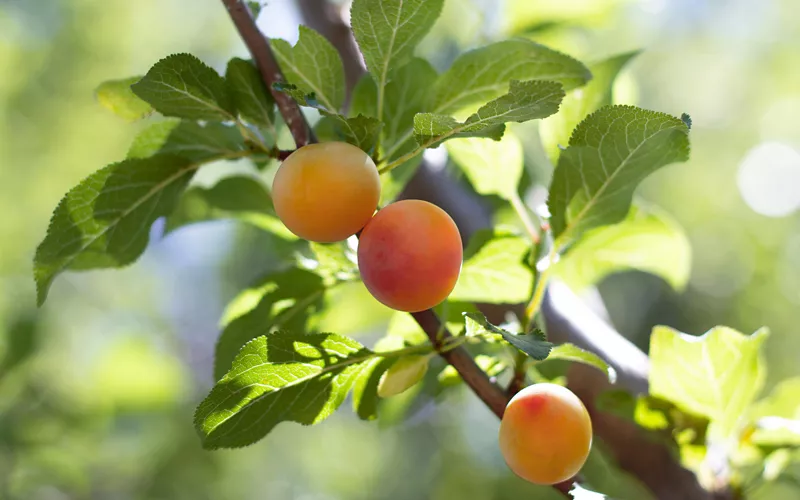
Since their introduction and for about a century, apricot plantations have been very important for the local economy: suffice it to say that in the past they covered about 200 hectares.
Today, things have changed a lot, but not because local farmers have lost the desire to grow apricots. Thedecline began in the 1970s , due to skarka, a viral disease that forced many to uproot many diseased trees. Despite a series of successive plantings, it never reached the splendour of the past: the hectares covered today are about 80.
The right time to harvest and eat them
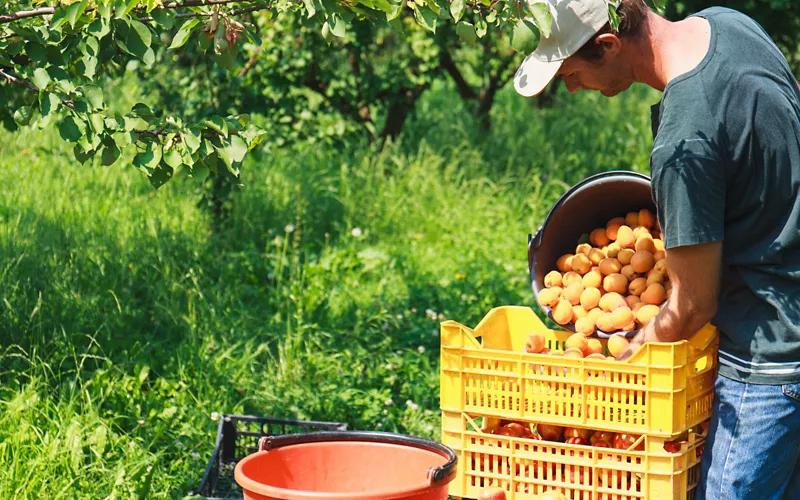
Among the major difficulties involved in cultivation is harvesting. Farmers have to check the ripening status several times, tree by tree, because apricots never ripen at the same time, with differences even on the same tree: the fruit on the higher branches is ready earlier than on the lower ones. Unlike other fruits, which are picked while still unripe and stored in cold storage, Venosta apricots cannot be picked green, because otherwise they would not develop their characteristic aroma. When the time comes, they should be consumed within a maximum of two days.
Jam is also a delicacy
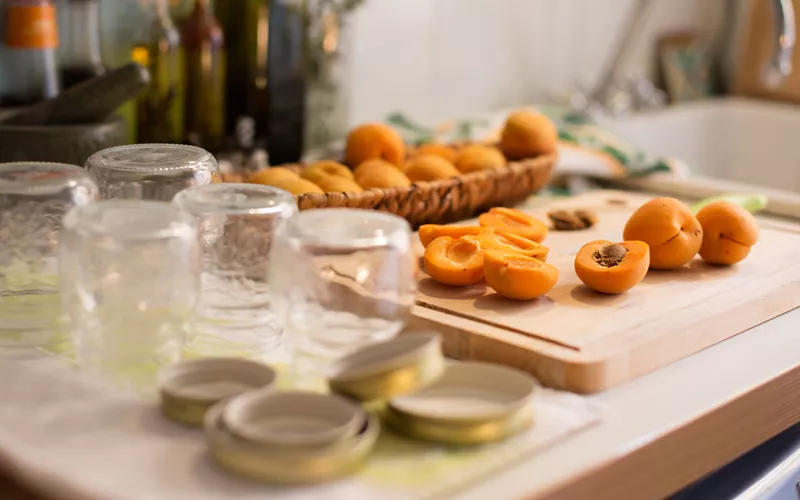
Here, apart from a small amount, the main use is conservation. Jam is the most common and practical way to consume them.
If you happen to be in these parts in August, drop by the Marble and Apricot Festival, held every year in Lasa, in the Province of Bolzano. Situated 868 metres above sea level, the town has brought together in a typical festival the two things for which it is best known.
Apricot dumplings

Apricots, of course, are also protagonists of the local food and wine scene. Among the recipes you absolutely must try are apricot dumplings or Marillenknödeln, large sweet dumplings served with butter, sugar and cinnamon. Again, their origin is Bohemian: they were imported to the Vinschgau valley by the cooks recruited to serve Austrian and Alto Adige families. Today everyone can enjoy them, a true local speciality.

